-
 Wu Yuhan
ByteDance
Product Design Expert
Wu Yuhan
ByteDance
Product Design Expert
She is currently a design expert of ByteDance, and has worked for Alibaba and Hon Hai Precision.
Focusing on human-computer interaction design with hardware and software integration, she has thought about cross-platform and barrier-free experience intelligent design solutions.
She has design experience in multiple industries and fields, including manufacturing/education/internet industry, and has multiple design experience in smart robot/unmanned vehicle/VR/AR/games and other business lines.
Design philosophy: In the future, we are committed to using the power of intelligent design + composite design tools to create a beautiful and convenient experience for people's lives.
Intelligent Robot Full-Link Experience Design
The advancement of technology has led to an explosion of intelligent robots providing services to humans, but there is still a scarcity of robot designers who can design good interactions for the future of human life, so how to become a robot designer?
This sharing will talk about how the speaker turned from a liberal arts student into an intelligent robot designer, what difficulties he encountered in the middle of designing six robots and the process of overcoming them.
1. Overview of robotics and applications
1.1 History
1.2 Classification
1.3 Application areas
1.4 Famous companies and products
2、The difference between robot design and other fields of design
2.1 Multi-dimensionality
2.2 Multimodality
3、Robot designer should have the ability
3.1 Soft body
3.2 Hard body
3.3 Hands-on
3.4 Imagination
3.5 Look at data
4、Robot design process
4.1 Demand research
4.2 Link analysis
4.3 Design strategy
4.4 Prototyping
4.5 Hardware and software design and docking
4.6 Walk-through
4.7 Iteration
5、What should I pay attention to when I want to work as a robot designer
1、Workshop introduction: the current state of the robotics industry/why study robotics/robotic system work sharing
2、Case Study
3、Hands-on interaction: design the robot interface and design the appearance
4、Q&A
1、UX Designer (junior/intermediate level)
2、Product Manager (junior/intermediate level)
3、Practitioner in the field of intelligent hardware (junior/intermediate)
1、Understanding how robot hardware and software differs from traditional cell phone or screen interaction
2、Understanding the application of multimodal interaction methods
3、Learn about the current development of the intelligent robotics industry
4、Understand the competencies required to work as a robotics designer
5、Learn about the speaker's robot design methodology distilled from his experience with seven robots
-
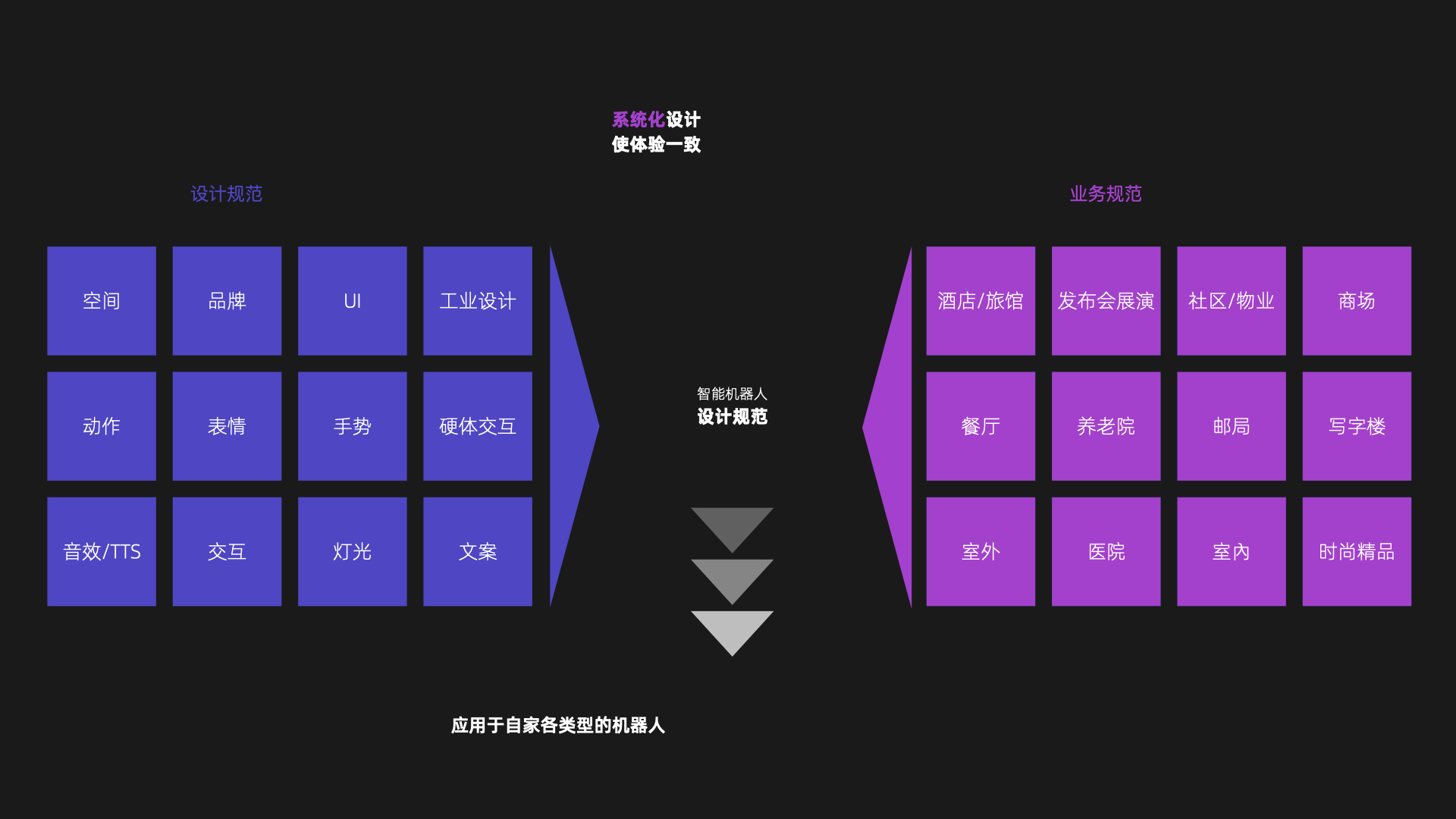 Intelligent robot full link design-7
Intelligent robot full link design-7
-
 Intelligent robot full link design-6
Intelligent robot full link design-6
-
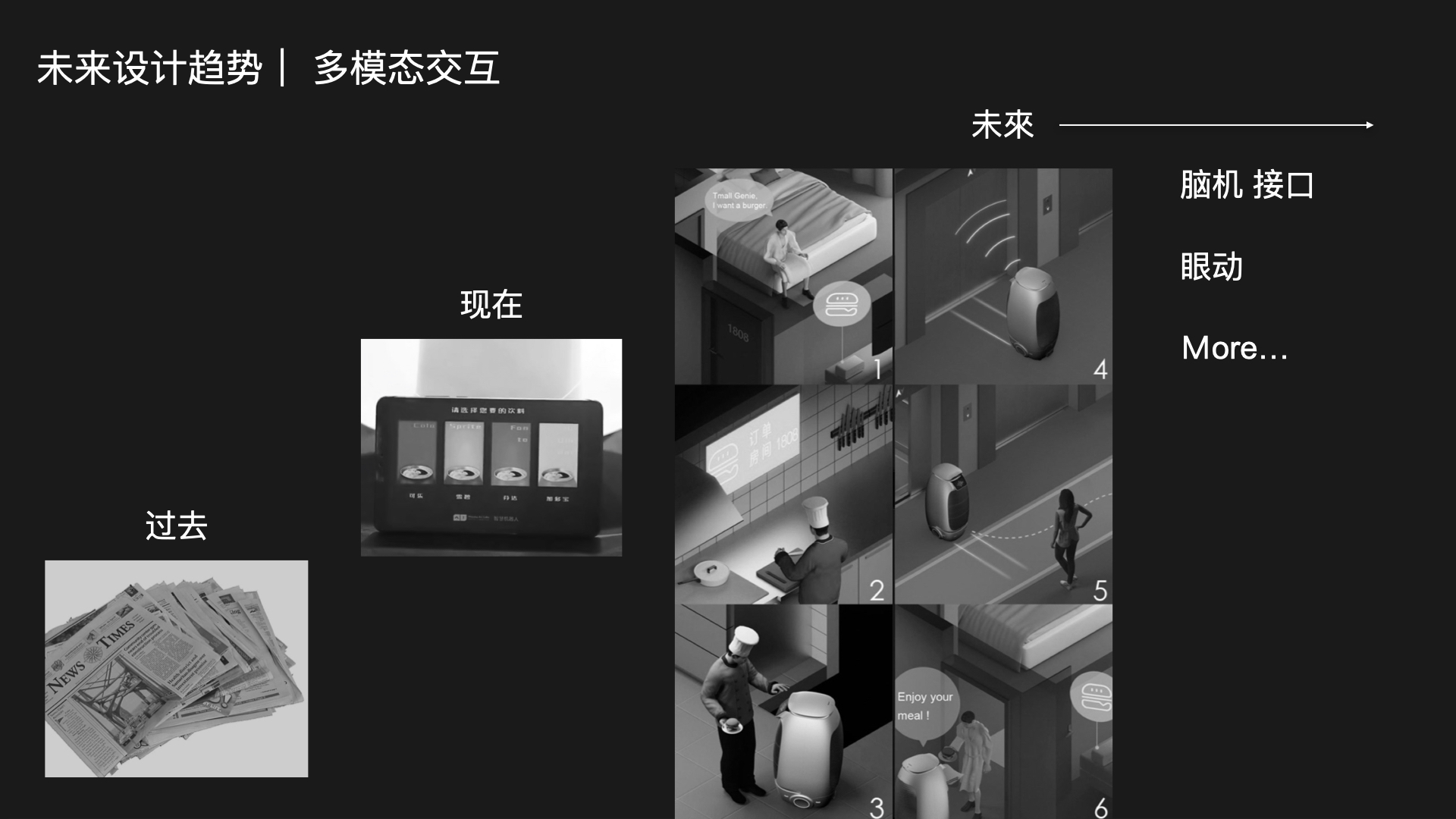 Intelligent robot full link design-5
Intelligent robot full link design-5
-
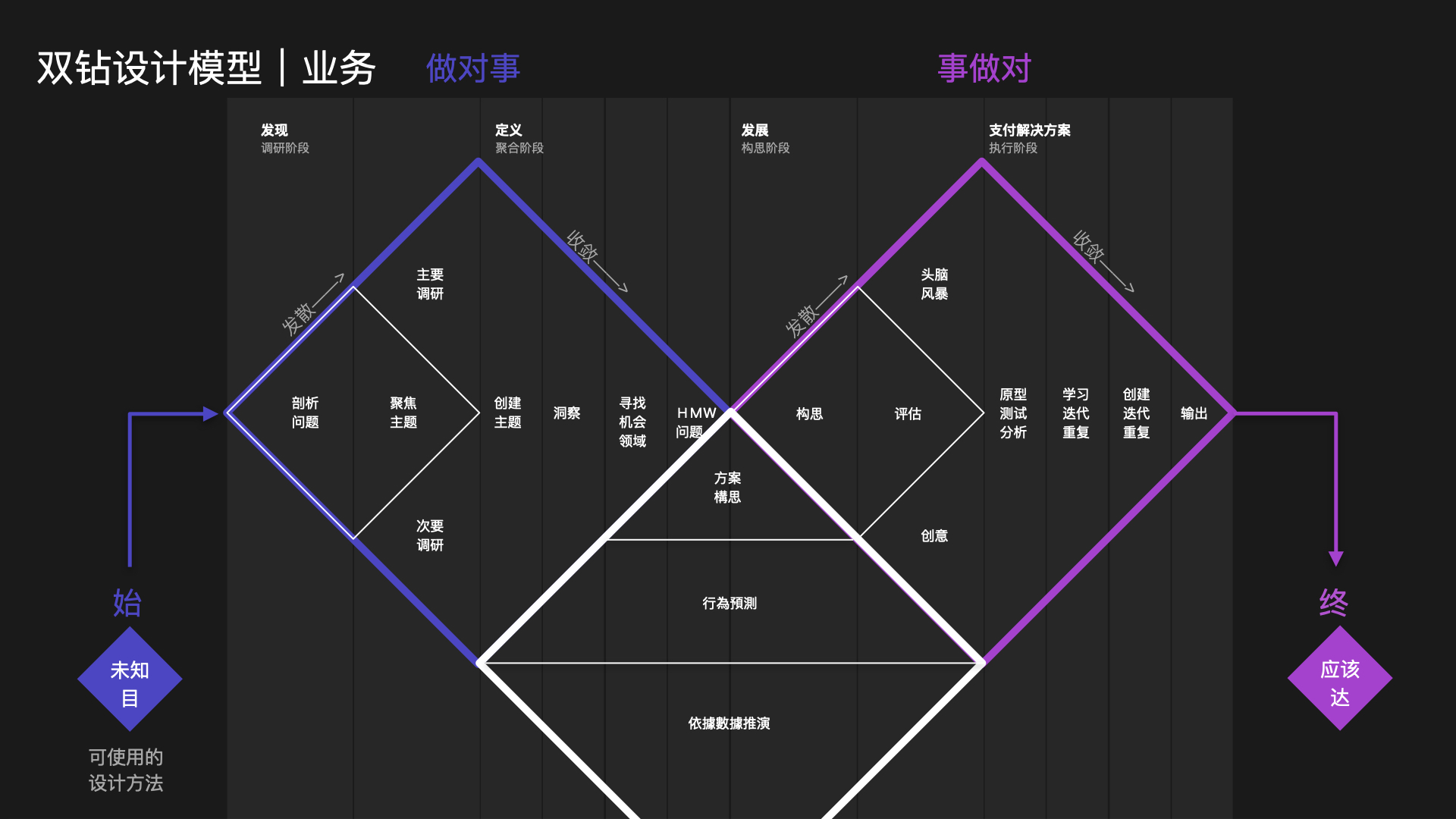 Intelligent robot full link design-4
Intelligent robot full link design-4
-
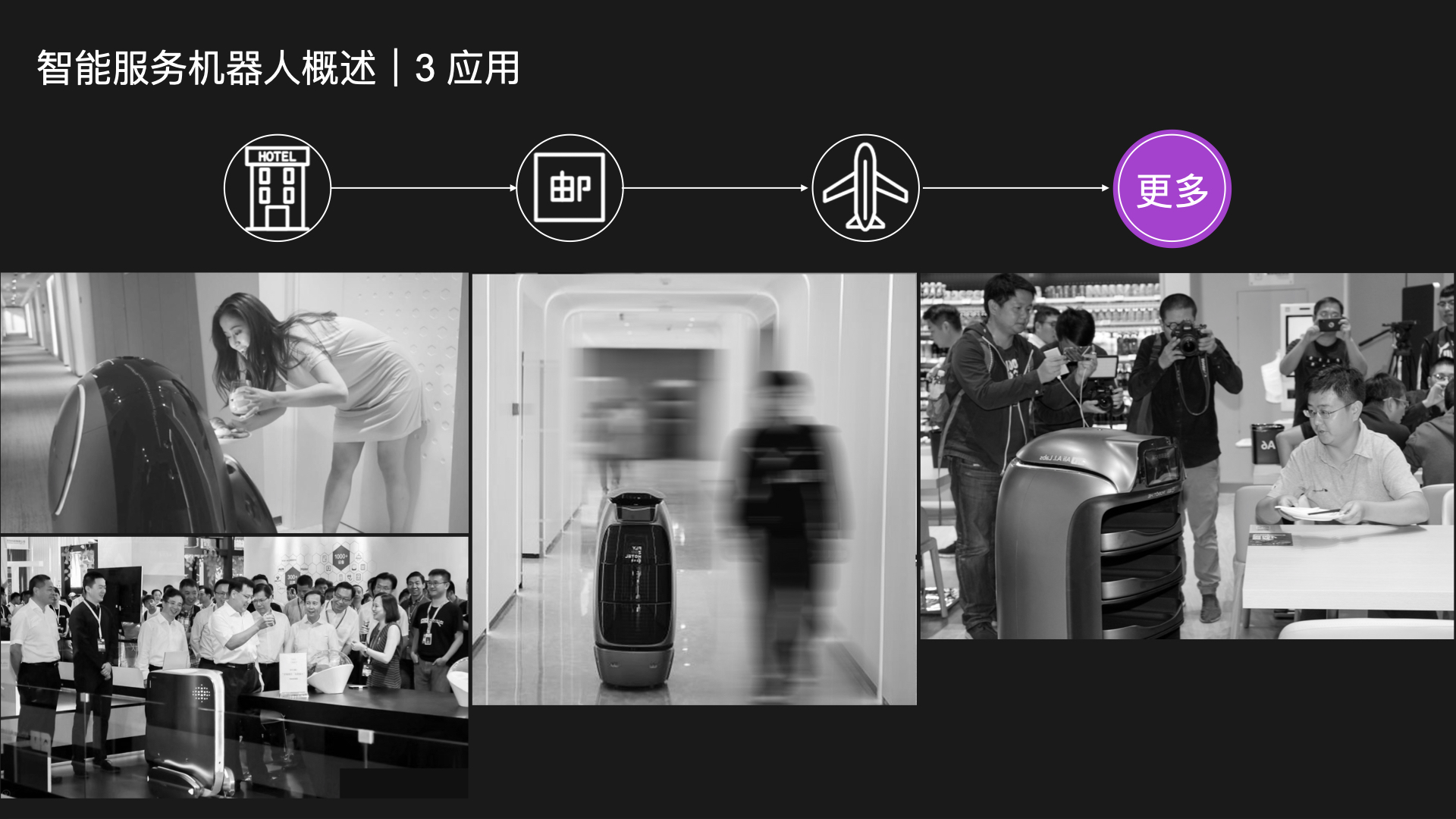 Intelligent robot full link design-3
Intelligent robot full link design-3
-
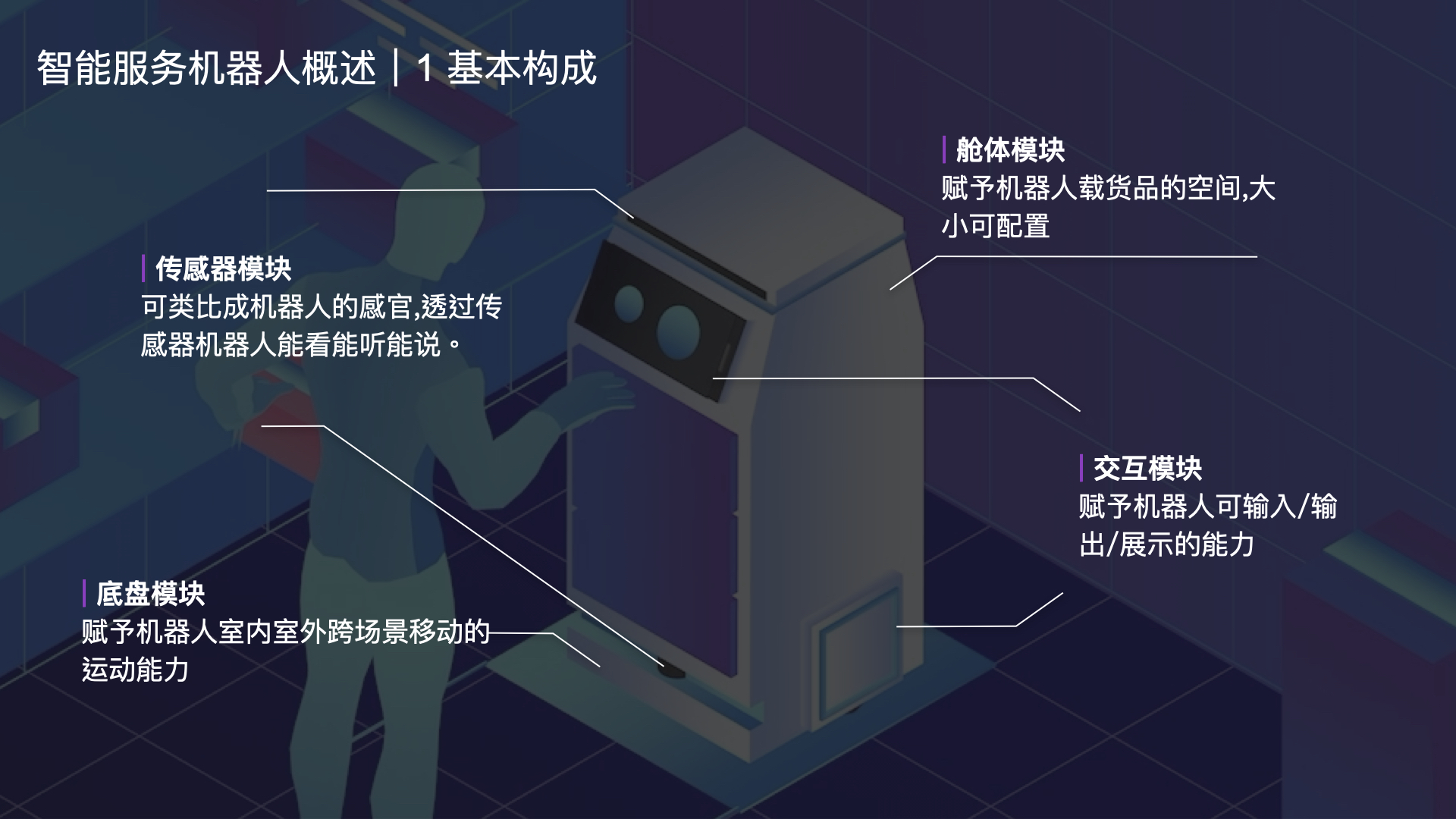 Intelligent robot full link design-2
Intelligent robot full link design-2
-
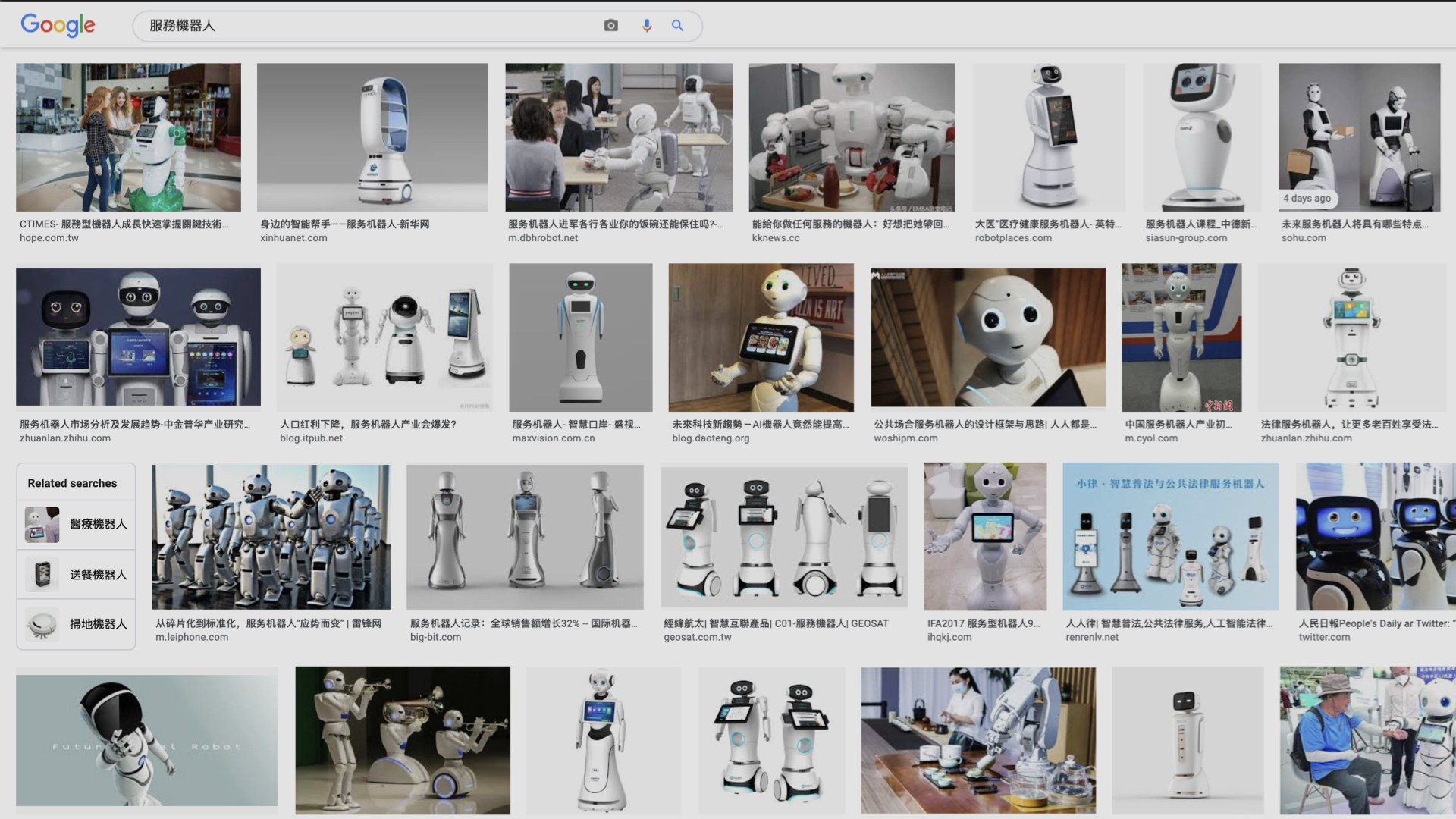 Intelligent robot full link design-1
Intelligent robot full link design-1








